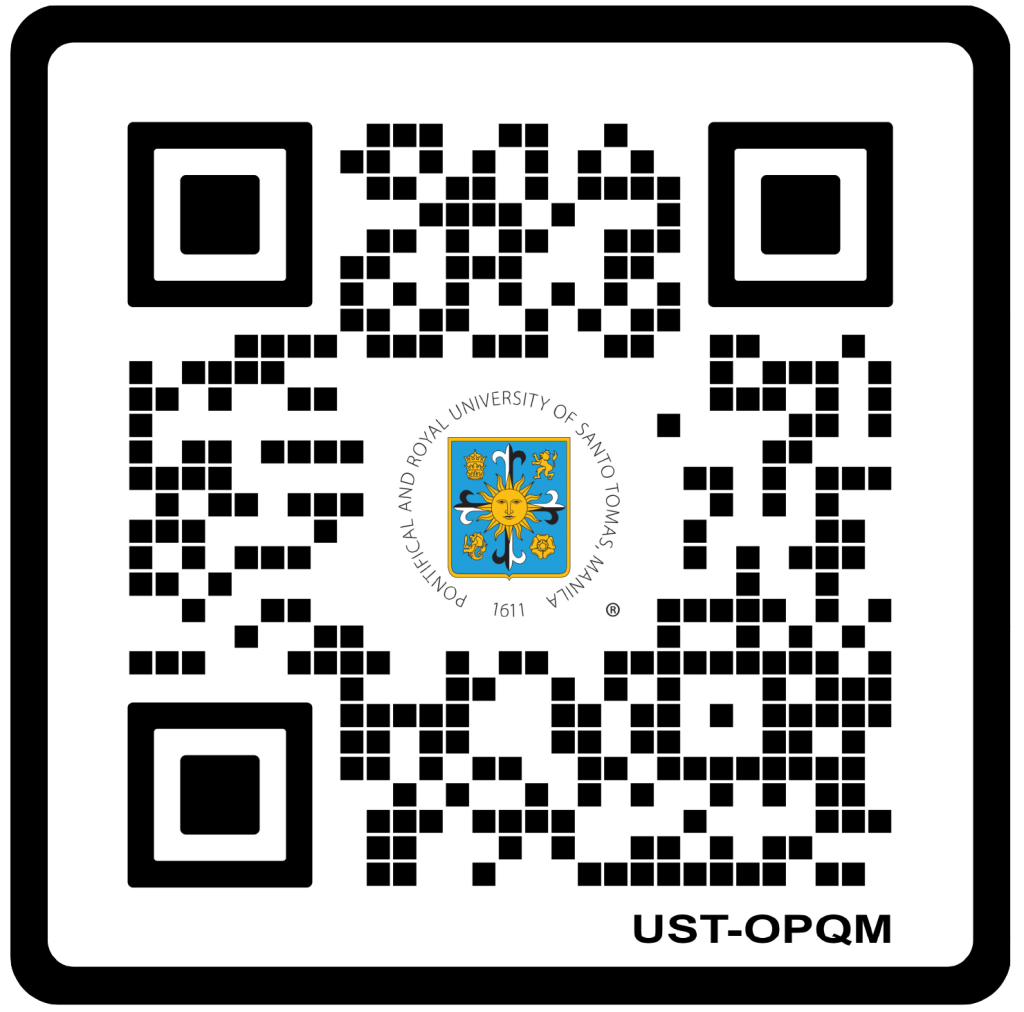A team of researchers from the University of Santo Tomas (UST), led by Prof. Allan Patrick G. Macabeo, Dr. rer. nat., conducted molecular dynamics simulations to screen compounds found in fungi against SARS-CoV2, the virus which causes the COVID-19 disease. The UST team worked in collaboration with researchers from the Shanghai Jiao Tong University (SJTU) in China.A team of researchers from the University of Santo Tomas (UST), led by Prof. Allan Patrick G. Macabeo, Dr. rer. nat., conducted molecular dynamics simulations to screen compounds found in fungi against SARS-CoV2, the virus which causes the COVID-19 disease. The UST team worked in collaboration with researchers from the Shanghai Jiao Tong University (SJTU) in China.
The research is one of the few published studies that have identified inhibitors against nsp15 – a non-structural protein essential to the virus’ evasion of host immunity.
“It’s becoming increasingly clear that inhibiting viral evasion of the host innate immune response perhaps holds the key to tackling COVID-19,” emphasized Macabeo, adding that “Accumulating clinical observations now support that it’s not the effect of the virus per se, but rather the delayed, exuberant inflammatory response, a “cytokine storm”, which is largely responsible for morbidity/mortality from SARS-CoV2. The ability of SARS-CoV2 to evade early immune recognition is mediated by its production of the non-structural protein 15 (nsp15). By inhibiting nsp15, then it would be easier for the immune system to recognize and eliminate the virus.”

The UST team, composed of Mark Andrew O. Mendoza, Justin Allen K. Lim, Jehiel Karsten H. Ong, and Luis Agustin E. Pilapil (Research Center for the Natural and Applied Sciences); Kin Israel R. Notarte, Adriel M. Pastrana, and Rey Arturo Fernandez (Faculty of Medicine and Surgery); Mark Tristan J. Quimque and Rhenz Alfred D. Liman (Graduate School), and the SJTU researchers Abbas Khan and Dong-Qing Wei found five compounds with promising anti-COVID properties in silico.

Out of 97 metabolites in the study that were aimed to target five SARS-COV2 proteins through two docking protocols, of note was quinadoline B, a fungal-derived natural product. It was found to be multi-targeting and can inhibit multiple enzymes within SARS-CoV2. As Macabeo — a prolific researcher of both natural products and synthetic chemistry — pointed out, quinadoline B was also predicted to have favorable pharmacokinetic properties, which means it has strong potential for an anti-COVID-19 drug.
“The bioavailability and potency of the drug are directly associated with its pharmacokinetics, and in our study, quinadoline B was predicted to be easily absorbed by the gastrointestinal tract making it a good candidate for oral formulations. In addition to that, the compound was also predicted to have poor blood-brain barrier crossing capacities indicating that as a candidate drug lead, this compound may not be able to cause harm to the nervous system,” Macabeo explained in an online interview.
Having paved a path to develop novel compounds against the COVID-19 disease, Macabeo and his team remain enthusiastic in building upon their results through a follow-up paper. He shared that “We plan to further work on quinadoline B through structural modification to enhance its activity against SARS-CoV2 target proteins. We are in collaboration with a team from Italy where we use artificial intelligence to generate synthetically viable structures. With this work, we hope to discover more potent and selective inhibitors against SARS-CoV2 target proteins.”
An award-winning Thomasian researcher, Dr. Macabeo has been recognized for his outstanding achievements in chemical research including the 2015 Outstanding Young Scientist award in Organic Chemistry, the 2015 The World Academy of Sciences (TWAS) award in Organic Chemistry, and the 2013 Merck Young Scientist award. He obtained both his Bachelor of Science and Master of Science in Chemistry degrees from the University of Santo Tomas, and his Doctor of Natural Sciences degree from the Universität of Regensburg – Germany.




